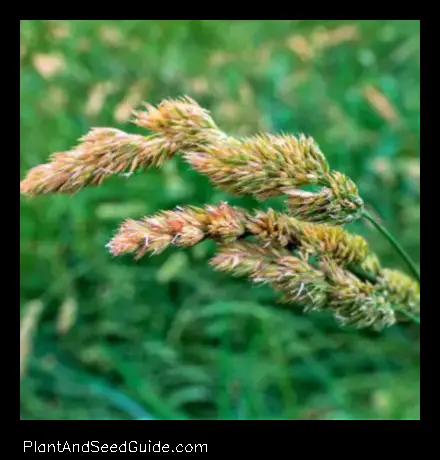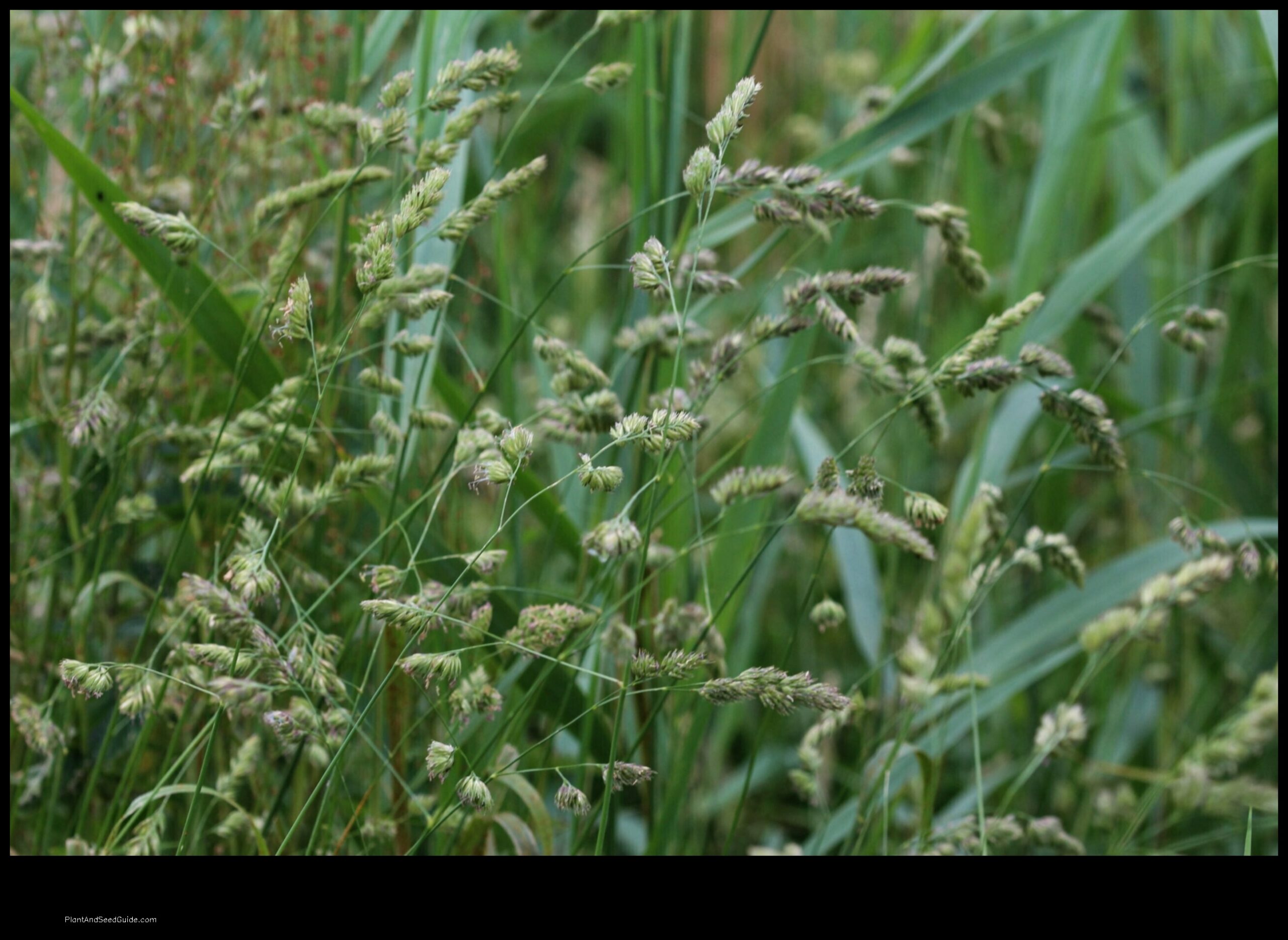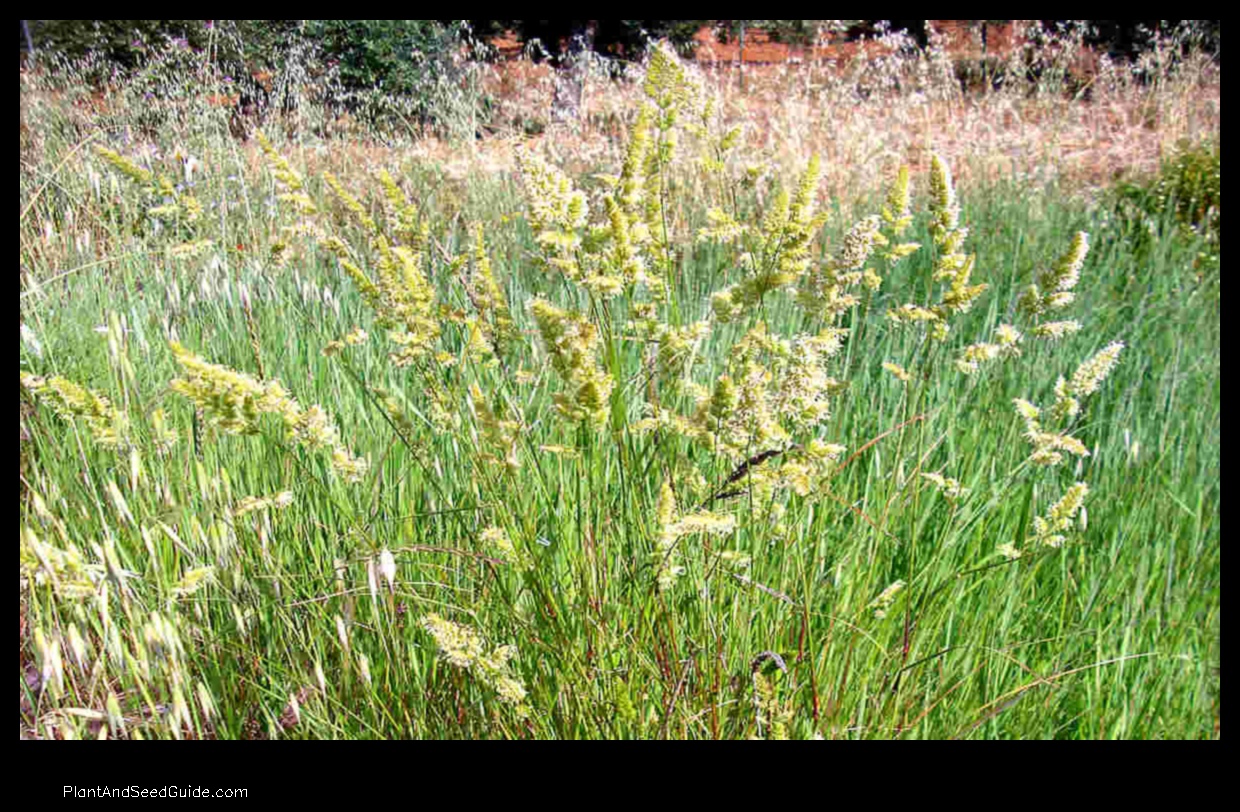

How to Plant Orchard Grass
Orchard grass is a cool-season grass that is well-suited for use in lawns, pastures, and hayfields. It is a hardy grass that can tolerate a wide range of conditions, including drought, heat, and cold. Orchard grass is also relatively easy to grow and maintain.
The best time to plant orchard grass is in the spring or fall. If you are planting orchard grass in the spring, you should wait until the soil has warmed up to at least 55 degrees Fahrenheit. If you are planting orchard grass in the fall, you should plant it at least 6 weeks before the first frost.
To plant orchard grass, you will need to prepare the soil by tilling it to a depth of 6 inches. You should also remove any rocks or debris from the soil. Once the soil is prepared, you can spread the orchard grass seed evenly over the surface. Cover the seed with a thin layer of soil and water the area thoroughly.
Orchard grass will germinate in 2-4 weeks. Once the grass has germinated, you will need to water it regularly to keep the soil moist. You should also fertilize the grass every 6-8 weeks.
Orchard grass is a low-maintenance grass that does not require a lot of care. However, you will need to mow the grass regularly to keep it at a desired height. You should also rake the grass to remove any leaves or debris.
Loading... Seconds Left for
Miniature Orchid Terrarium Gallery!

Orchard grass is a versatile grass that can be used in a variety of settings. It is a good choice for lawns, pastures, and hayfields. Orchard grass is also a good choice for erosion control.
If you are looking for a hardy, low-maintenance grass for your lawn or pasture, orchard grass is a good option.
| Orchard Grass Feature |
Description |
| Planting |
Orchard grass can be planted in the spring or fall. The best time to plant depends on the climate. In warm climates, orchard grass can be planted in the spring. In cooler climates, orchard grass can be planted in the fall. |
| Care |
Orchard grass is a low-maintenance grass that requires little care. It is drought-tolerant and can withstand periods of neglect. However, orchard grass does benefit from regular watering, fertilization, and weeding. |
| Seed |
Orchard grass seed can be purchased from a garden center or online. When choosing orchard grass seed, it is important to select a variety that is adapted to the climate. |
| Propagation |
Orchard grass can be propagated by division or by seed. Division is the most common method of propagation. To divide orchard grass, carefully dig up a clump of grass and divide it into smaller clumps. |
| Benefits |
Orchard grass has a number of benefits, including:
- It is a drought-tolerant grass that can withstand periods of neglect.
- It is a low-maintenance grass that requires little care.
- It is a good choice for lawns and gardens.
- It is a good source of forage for livestock.
|
tr>

Soil Preparation
The first step in planting orchard grass is to prepare the soil.
The soil should be well-drained and fertile..
If the soil is not well-drained, you will need to add sand or gravel to improve drainage. If the soil is not fertile, you will need to add compost or manure to improve fertility.
Once the soil has been prepared, you can begin planting the orchard grass.
Orchard grass is a hardy grass that can be grown in a variety of climates. It is a good choice for lawns, pastures, and hayfields. Orchard grass is easy to grow and care for, and it is a good source of forage for livestock.
The best time to plant orchard grass is in the spring or fall. The soil should be well-drained and fertile. Orchard grass can be planted by seed or sod.
If you are planting orchard grass by seed, you will need to prepare the soil by tilling it to a depth of 6 inches. Sow the seeds at a rate of 2 pounds per 1,000 square feet. Cover the seeds with a thin layer of soil and water them well.
If you are
planting orchard grass by sod, you will need to prepare the soil by tilling it to a depth of 6 inches. Lay the sod in place and water it well.
Orchard grass will need to be watered regularly until it is established. Once it is established, it can tolerate drought conditions.
Orchard grass is a nitrogen-fixing grass, which means that it can help to improve the nitrogen content of the soil.
Orchard gra
ss is a good choice for lawns, pastures, and hayfields. It is easy to grow and care for, and it is a good source of forage for livestock.

Watering Orchard Grass
Orchard grass needs regular watering to establish a deep root system and to produce a lush, green lawn. The best time to water orchard grass is in the morning, before the sun has a chance to dry out the grass. Water deeply, so that the water reaches the roots of the grass.
If you live
in an area with hot, dry summers, you may need to water orchard grass more frequently. The amount of water that orchard grass needs will vary depending on the climate, the soil type, and the weather conditions.
To determine if your orchard grass needs water, stick your finger into the soil about 2 inches deep. If the soil is dry, it is time to water the grass.
When watering orchard grass, avoid watering the leaves of the grass. This can lead to fungal diseases. Instead, water the soil around the grass.
Watering or
chard grass is an important part of caring for this lawn grass. By following these tips, you can help your orchard grass grow healthy and strong.
Fertilizing Orchard Grass
Orchard grass is a relatively low-maintenance grass that does not require a lot of fertilizer.
However, fertilizing your orchard grass can help it to grow healthier and more lush..
The best time to fertilize orchard grass is in the spring, when the grass is actively growing. You can use a balanced fertilizer, such as 10-10-10, or a fertilizer specifically formulated for lawns. Apply the fertilizer at the rate recommended on the package.
You should also fertilize your orchard grass if it is looking thin or unhealthy. To determine if your grass needs fertilizer, you can do a soil test. A soil test will tell you the pH level of your soil and the nutrient levels. If your soil is acidic, you will need to add lime to raise the pH level. If your soil is deficient in nutrients, you will need to add fertilizer to correct the deficiency.
Fertilizing
your orchard grass will help it to grow healthier and more lush. A healthy lawn will be more resistant to pests and diseases, and it will also require less water and mowing.
VWeed Control
Weeds can compete with orchard grass for water, nutrients, and sunlight. To control weeds, you can:
- Hand-weeding: This is the most effective way to control weeds, but it can be time-consuming.
- Mulching: Mulching helps to suppress weeds by blocking sunlight and moisture.
- Using herbicides: Herbicides can be used to kill weeds, but they should be used carefully and according to the label directions.
It is important to keep in mind that weeds are a natural part of any ecosystem. They can provide food and shelter for wildlife, and they can also help to improve soil quality. When controlling weeds, it is important to use methods that are safe for the environment and that do not harm beneficial organisms.



